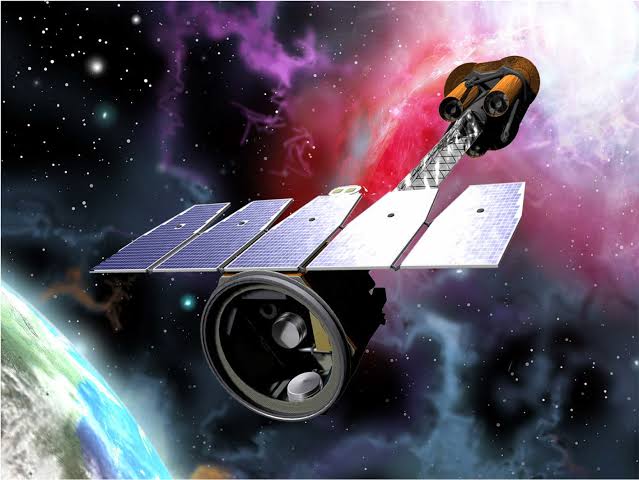Free Courses Sale ends Soon, Get It Now


Free Courses Sale ends Soon, Get It Now



Copyright infringement not intended.
Context
About
Aim
© 2024 iasgyan. All right reserved